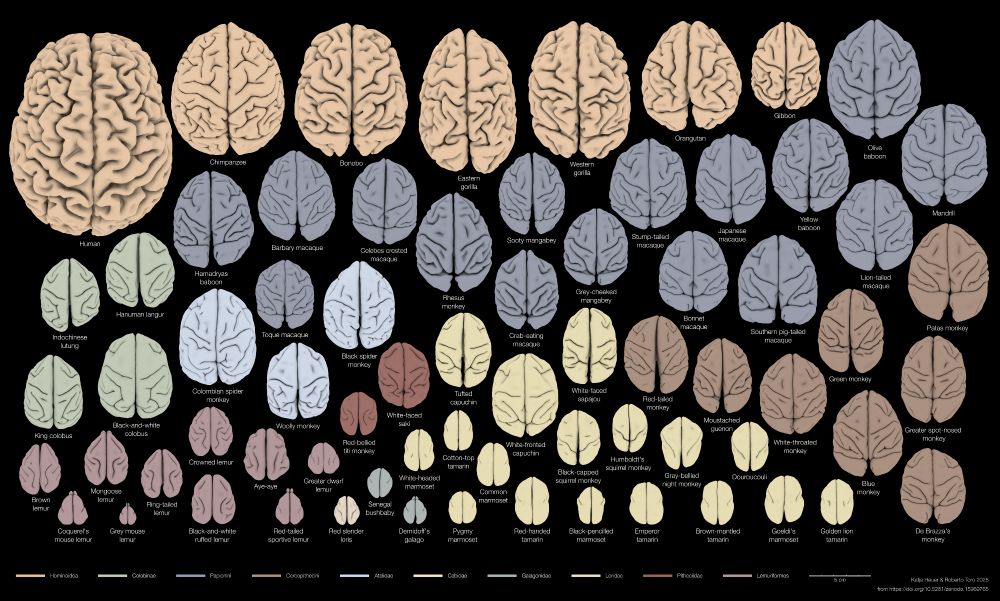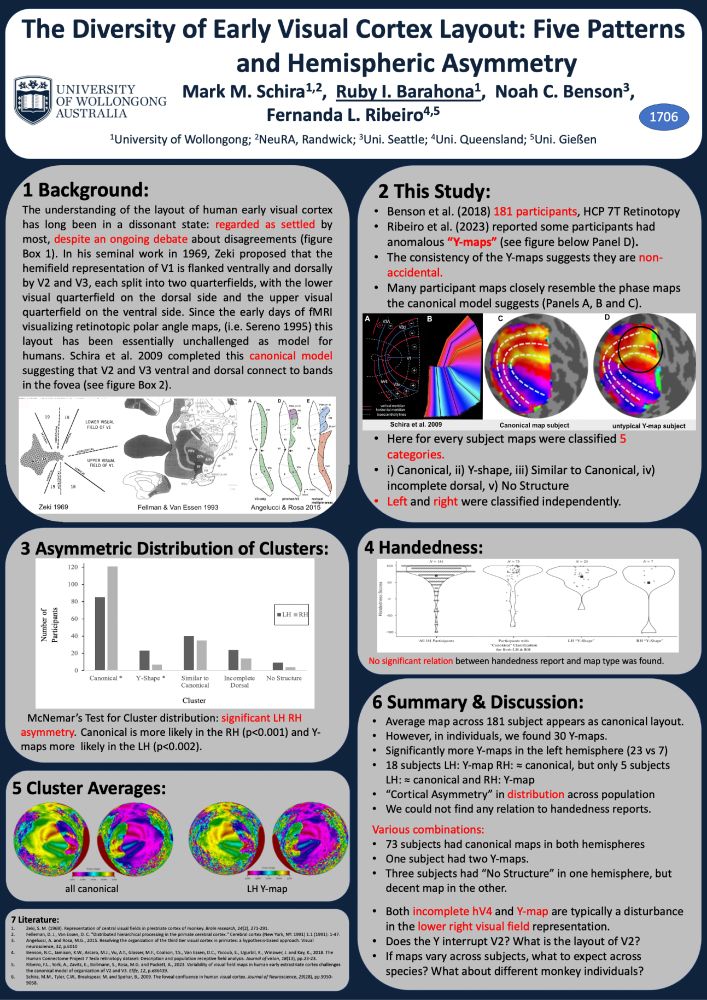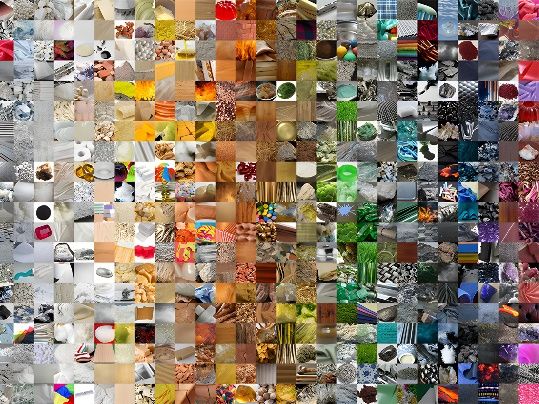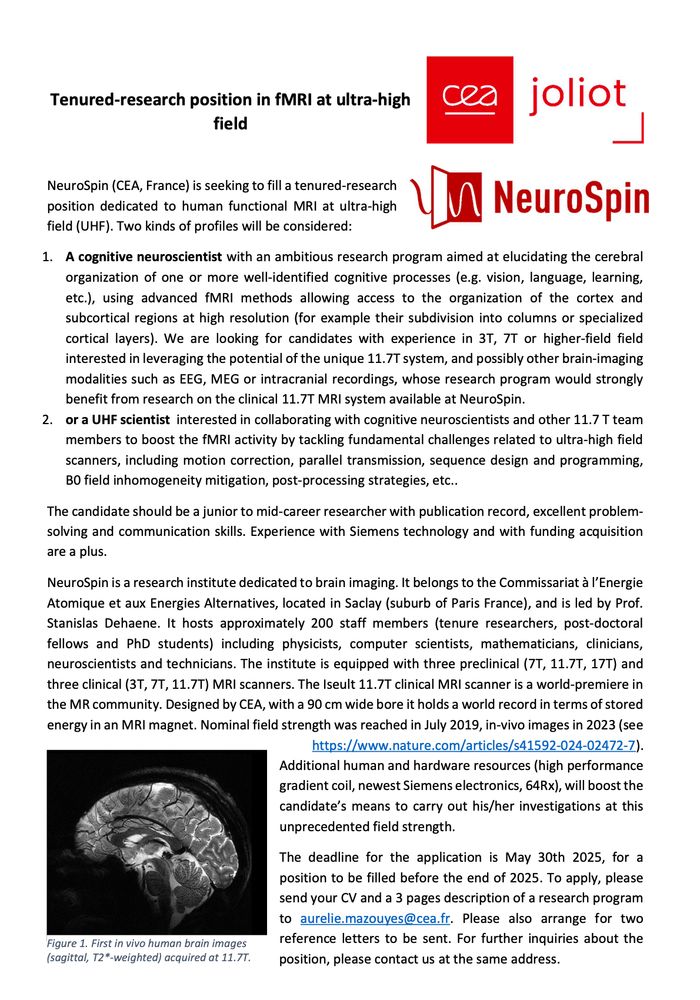Neuroscience & Philo Salon: join our discussion with @elliot-murphy.bsky.social with commentaries by @wmatchin.bsky.social and @sandervanbree.bsky.social
Nov 5, 10:30 am eastern US
Register:
umd.zoom.us/my/luizpesso...
#neuroskyence

Neuroscience & Philo Salon: join our discussion with @elliot-murphy.bsky.social with commentaries by @wmatchin.bsky.social and @sandervanbree.bsky.social
Nov 5, 10:30 am eastern US
Register:
umd.zoom.us/my/luizpesso...
#neuroskyence

To predict the behaviour of a primate, would you rather base your guess on a closely related species or one with a similar brain shape? We looked at brains & behaviours of 70 species, you’ll be surprised!
🧵Thread on our new preprint with @r3rt0.bsky.social , doi.org/10.1101/2025...

To predict the behaviour of a primate, would you rather base your guess on a closely related species or one with a similar brain shape? We looked at brains & behaviours of 70 species, you’ll be surprised!
🧵Thread on our new preprint with @r3rt0.bsky.social , doi.org/10.1101/2025...
www.nature.com/articles/s43...

www.nature.com/articles/s43...

Just finished my poster for OHBM. The results blow the discussion about V2 & V3 layout wide open. We find hemispheric asymmetry!
Fantastic work by my student Ruby Barahona, collaboration with the also fantastic @felenitaribeiro.bsky.social and Noah Benson.

Just finished my poster for OHBM. The results blow the discussion about V2 & V3 layout wide open. We find hemispheric asymmetry!
Fantastic work by my student Ruby Barahona, collaboration with the also fantastic @felenitaribeiro.bsky.social and Noah Benson.
Excited to share a new pre-print addressing this question with connectivity-constrained interactive topographic networks, titled "Retinotopic scaffolding of high-level vision", w/ Marlene Behrmann & David Plaut.
🧵 ↓ 1/n

Excited to share a new pre-print addressing this question with connectivity-constrained interactive topographic networks, titled "Retinotopic scaffolding of high-level vision", w/ Marlene Behrmann & David Plaut.
🧵 ↓ 1/n
Can't believe it's been five years!
I did a couple of small things for the @neuromatch.bsky.social first conference. I'm amazed by how it grew.
Read Neuromatch Academy: The Story by @gunnarblohm.bsky.social to get an insight
shorturl.at/v1cUc
Can't believe it's been five years!
With commentary from several wonderful researchers!
🧠📈 #NeuroAI 🧪
www.thetransmitter.org/neuroai/acce...

With commentary from several wonderful researchers!
🧠📈 #NeuroAI 🧪
www.pnas.org/doi/10.1073/...

www.pnas.org/doi/10.1073/...
Join us!

Join us!
A brain map could do the same for neuroscience.
Read & subscribe: www.asimov.press/p/barcoding...


malin-styrnal.de/connect-tuto...
Some more thoughts below. 🧵

malin-styrnal.de/connect-tuto...
Some more thoughts below. 🧵

